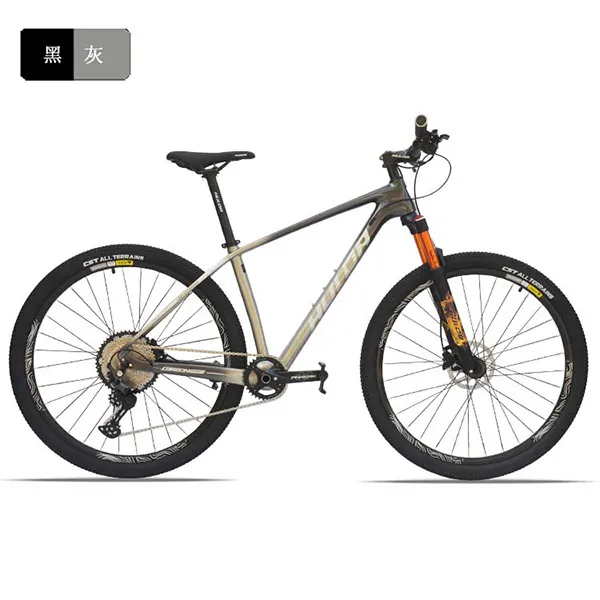
- Afrikaans
- Albanian
- Amharic
- Arabic
- Armenian
- Azerbaijani
- Basque
- Belarusian
- Bengali
- Bosnian
- Bulgarian
- Catalan
- Cebuano
- Corsican
- Croatian
- Czech
- Danish
- Dutch
- English
- Esperanto
- Estonian
- Finnish
- French
- Frisian
- Galician
- Georgian
- German
- Greek
- Gujarati
- Haitian Creole
- hausa
- hawaiian
- Hebrew
- Hindi
- Miao
- Hungarian
- Icelandic
- igbo
- Indonesian
- irish
- Italian
- Japanese
- Javanese
- Kannada
- kazakh
- Khmer
- Rwandese
- Korean
- Kurdish
- Kyrgyz
- Lao
- Latin
- Latvian
- Lithuanian
- Luxembourgish
- Macedonian
- Malgashi
- Malay
- Malayalam
- Maltese
- Maori
- Marathi
- Mongolian
- Myanmar
- Nepali
- Norwegian
- Norwegian
- Occitan
- Pashto
- Persian
- Polish
- Portuguese
- Punjabi
- Romanian
- Russian
- Samoan
- Scottish Gaelic
- Serbian
- Sesotho
- Shona
- Sindhi
- Sinhala
- Slovak
- Slovenian
- Somali
- Spanish
- Sundanese
- Swahili
- Swedish
- Tagalog
- Tajik
- Tamil
- Tatar
- Telugu
- Thai
- Turkish
- Turkmen
- Ukrainian
- Urdu
- Uighur
- Uzbek
- Vietnamese
- Welsh
- Bantu
- Yiddish
- Yoruba
- Zulu
Feb . 18, 2025 00:34 Back to list
27.5/29 "Color-Changing Carbon Fiber Mountain Bike 12 Variable Speed Mountain Bike Dirt Bike
When pondering the purchase of a mountain bike, one question inevitably arises How much is a mountain bike? The answer isn't as straightforward as one might anticipate since mountain biking encompasses a broad spectrum of rider preferences, skill levels, and terrain types. Mountain bikes can range widely in price, from a few hundred dollars to several thousand. Let's delve into the intricacies to provide a comprehensive understanding of the factors contributing to a mountain bike's cost.
Shifting focus to technology, a bike’s components—including the drivetrain, suspension, brakes, and wheels—further delineate pricing tiers. Entry-level bikes may feature standard mechanical disc brakes and basic suspension systems. In contrast, high-end models boast cutting-edge technologies like hydraulic disc brakes, advanced suspension systems offering extensive adjustability, and precision drivetrains for seamless gear shifts. Such enhancements naturally increase the mountain bike's price, with comprehensive setups adding several hundred, if not thousands, of dollars to the overall cost. Brand reputation also influences the perceived value and pricing of a mountain bike. Established brands like Trek, Specialized, and Giant have garnered trust through years of delivering consistent quality and innovation. Their bikes might command a premium but offer reliability backed by extensive customer support and warranties, often sought by serious and professional riders. Buyers should also consider the intended use and riding style. Cross-country biking appreciates lightweight, efficient bikes for speed over long distances, while downhill biking prioritizes rugged construction and enhanced suspension for handling steep descents and challenging obstacles. Enduro biking represents a hybrid, where versatility is paramount, influencing the choice of features and frame geometry. Customizing based on intended application inevitably impacts pricing decisions. Lastly, specialized enhancements—such as tubeless tires, dropper seat posts, or electronic shifting—cater to enthusiasts seeking optimized performance and comfort. While optional, these features typify the scalability of investments inherent in mountain biking, ensuring one's bike grows in sophistication alongside their skills. In conclusion, answering how much is a mountain bike? necessitates considering the balance between budget constraints and the aspiration for performance and durability. Every additional investment towards material, technology, or brand adds layers of capability and assurance, transforming the mountain biking experience. Thus, aspiring riders are encouraged to assess their unique needs and priorities, recognizing that the ideal mountain bike remains a personal quest influenced by many contributing factors. Emphasizing an informed and strategic approach will lead to a fruitful and financially wise decision that aligns with individual riding ambitions.


Shifting focus to technology, a bike’s components—including the drivetrain, suspension, brakes, and wheels—further delineate pricing tiers. Entry-level bikes may feature standard mechanical disc brakes and basic suspension systems. In contrast, high-end models boast cutting-edge technologies like hydraulic disc brakes, advanced suspension systems offering extensive adjustability, and precision drivetrains for seamless gear shifts. Such enhancements naturally increase the mountain bike's price, with comprehensive setups adding several hundred, if not thousands, of dollars to the overall cost. Brand reputation also influences the perceived value and pricing of a mountain bike. Established brands like Trek, Specialized, and Giant have garnered trust through years of delivering consistent quality and innovation. Their bikes might command a premium but offer reliability backed by extensive customer support and warranties, often sought by serious and professional riders. Buyers should also consider the intended use and riding style. Cross-country biking appreciates lightweight, efficient bikes for speed over long distances, while downhill biking prioritizes rugged construction and enhanced suspension for handling steep descents and challenging obstacles. Enduro biking represents a hybrid, where versatility is paramount, influencing the choice of features and frame geometry. Customizing based on intended application inevitably impacts pricing decisions. Lastly, specialized enhancements—such as tubeless tires, dropper seat posts, or electronic shifting—cater to enthusiasts seeking optimized performance and comfort. While optional, these features typify the scalability of investments inherent in mountain biking, ensuring one's bike grows in sophistication alongside their skills. In conclusion, answering how much is a mountain bike? necessitates considering the balance between budget constraints and the aspiration for performance and durability. Every additional investment towards material, technology, or brand adds layers of capability and assurance, transforming the mountain biking experience. Thus, aspiring riders are encouraged to assess their unique needs and priorities, recognizing that the ideal mountain bike remains a personal quest influenced by many contributing factors. Emphasizing an informed and strategic approach will lead to a fruitful and financially wise decision that aligns with individual riding ambitions.
Latest news
-
The Ultimate Kids' Four-Wheeler Experience
NewsJul.09,2025
-
The Ultimate Guide to Mountain Bikes: Gear Up for Your Ride
NewsJul.09,2025
-
The New Age of Cycling: Electric Bikes for Every Rider
NewsJul.09,2025
-
The Best Kids Bicycles: Ride in Style and Safety
NewsJul.09,2025
-
The Best 3-Wheel Scooters for Kids: Fun, Safety, and Adventure
NewsJul.09,2025
-
Revolutionize Your Ride: Affordable Electric Bikes
NewsJul.09,2025
-
Finding the Perfect Mountain Bike for Every Rider
NewsJul.09,2025



